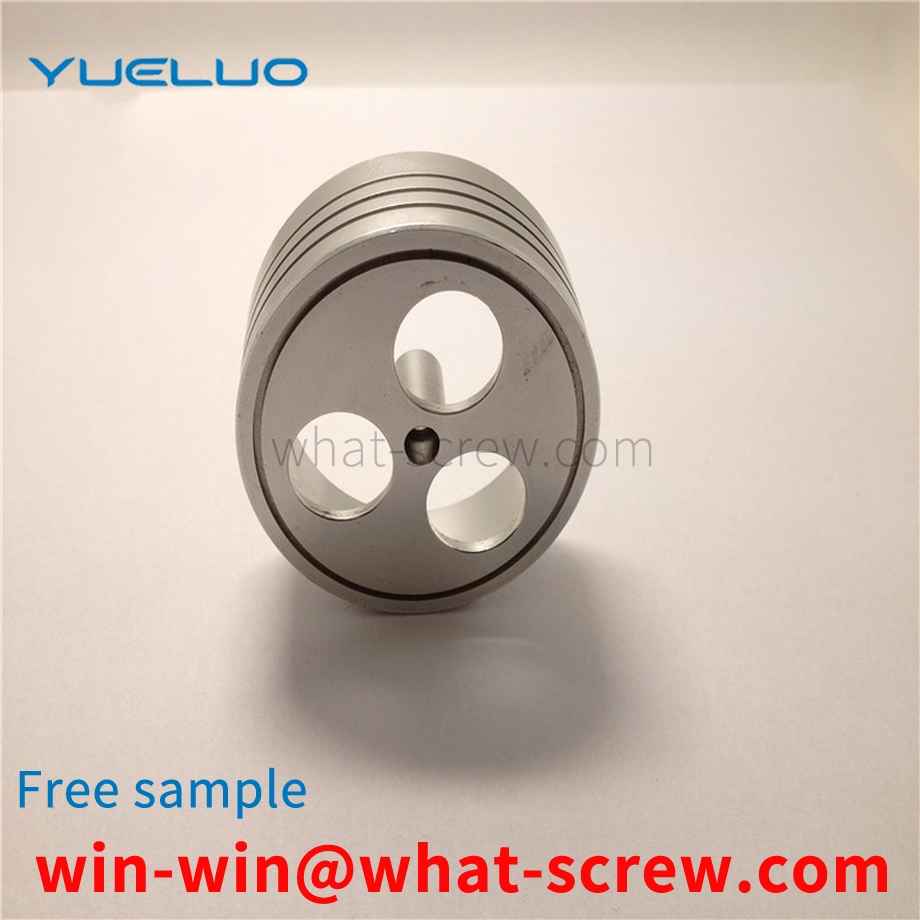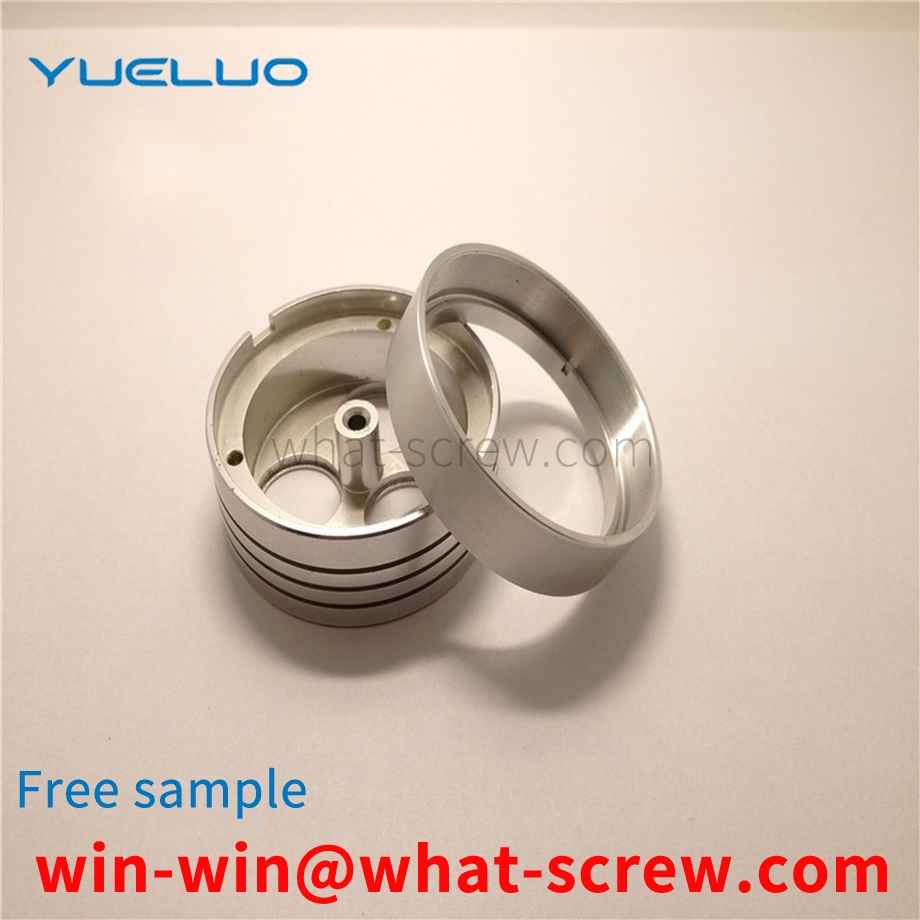China is the world's largest producer of carbon steel fasteners such as screws, nuts and bolts, and the EU is a major market for these products. In January 2009, the EU decided to impose anti-dumping duties of 26.5% to 85% on Chinese carbon steel fastener products. On July 31 of the same year, China resorted to the relevant EU legislation and anti-dumping measures to the WTO dispute settlement mechanism. The case became China's first lawsuit against the EU at the WTO. On July 15, 2011, the WTO Appellate Body issued a report and finally ruled that China won the case in the trade dispute with the European Union on fasteners. The head of the Department of Treaty and Law of the Ministry of Commerce of China welcomed the ruling on the 16th, and said that China's victory in the case is of great significance, which will help improve the competitive environment for Chinese companies in the international market including the European Union, and will also strengthen the WTO members' interest in the case. Confidence in WTO rules and the multilateral trading system. This is not only a victory for China's industry, but also a victory for WTO rules, the official said. The WTO Appellate Body found in its ruling report issued on the 15th that Article 9(5) of the EU's Basic Anti-dumping Regulations on individual tax rates violated WTO rules; at the same time, the Appellate Body overturned some of the panel's rulings and supported China's position , ruled that the EU's anti-dumping measures against Chinese screws, nuts, bolts and other carbon steel fasteners also violated WTO rules in terms of domestic industry identification, normal value and fair comparison of export prices. The head of the Treaty and Law Department of the Ministry of Commerce of China said that the EU is one of the WTO members that has initiated the most anti-dumping investigations against Chinese products in the world. unfair treatment. He said that China hopes that the EU will cancel the legislation and discriminatory anti-dumping measures that are inconsistent with WTO rules as soon as possible, treat Chinese export enterprises fairly, and effectively safeguard free trade and fair competition.
T-bolts are a common type of bolts that tend to be used with rails when used. When the existing rail is in use, the T-shaped bolts are easily stuck and cannot reach the designated position well, and the use is not convenient enough, so that the T-shaped bolts cannot be well fixed.
Usually, the car wheel is fixed on the axle sleeve with positioning pins and pins, and the tire hub and the sleeve are fastened on the axle with locking nuts, lock washers, and adjusting nuts. This structure can operate normally within a certain period of time when the vehicle speed is low and the vibration is small. However, when the car runs for a long time, especially when the road surface is uneven and the load changes sharply, the axle sleeve bears a great impact. Once the shear force generated is too large, the pin will break, and the nut will be loosened. Affected, the wheel and hub will be loose. If the maintenance is not timely, or the driver is inexperienced, the car will have an accident in which the tire falls off with the wheel hub. This is extremely dangerous. So people are looking for ways to prevent wheels and hubs from falling off
Locking of screws belongs to the prior art. Or by means of a visual method (X-ray control) a more or less complex aiming device is inserted into the transverse hole of the screw. In both cases a certain misalignment is unavoidable, ie the screw may not be coaxial with the central axis of the transverse hole and deviate from it by a certain value. In order for the locking screw to pass into and through the transverse hole despite this misalignment, the outer diameter of the screw is determined to be a size smaller than the diameter of the transverse hole. If the aiming is not maintained within this small dimension value, the locking screw can pass through the transverse hole without difficulty despite the aiming error. Now, however, the locking screw has a certain clearance relative to the transverse hole due to the determination of a smaller size value.
However, Yueluo still feels that there should be room for improvement for the screw improvement and screw that integrates stability, labor, fast and multi-function in the above two cases; for example, No. 556784 screw improvement Although the rod has the function of cutting and collecting chips, when the screw starts to screw into the object such as wood, it is hindered by the hardness of the object's tissue, so the staff still needs to exert considerable force, resulting in the lock. In the solid operation, there is still a lack of difficulty in screwing in operation; another example, new cases such as No. 289410 screw that integrates locking, stability, labor, fast and multi-function, although the rod has the structural function of cutting and chip removal, it is The rod part is screwed into the middle section to the rear section of the object. Since the debris cannot be discharged, the rod part pushes the outer part of the object to the surrounding tissue of the object, so that the object expands outwards and even seriously damages the appearance of the object.
We have many years of experience in the production and sales of screws, nuts, flat washers, etc. The main products are: T-type nuts, copper hollow rivets, 12.9 screws, waterproof rivet nuts and other products, we can provide you with suitable fastener solutions for you Program.



















 Service Hotline
Service Hotline




